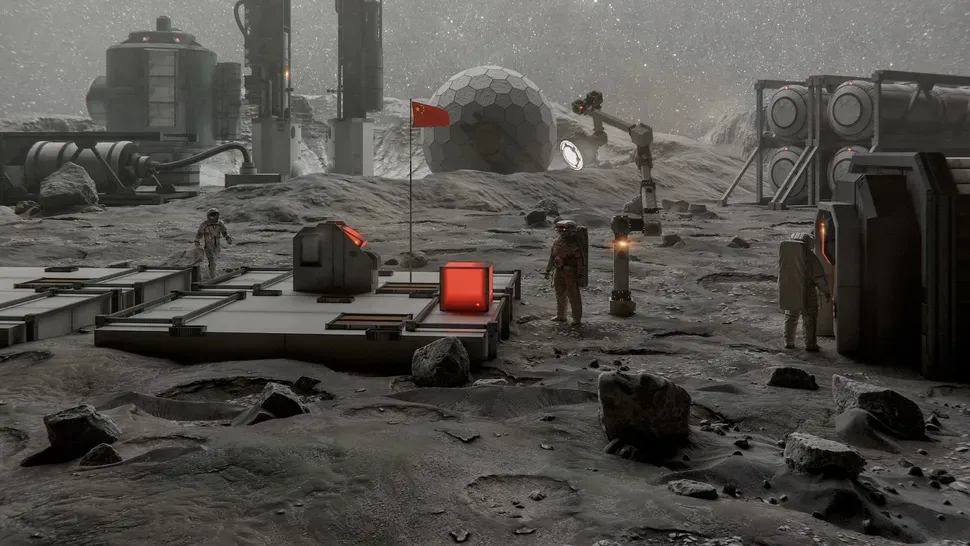Now Reading: China and Russia Join Forces to Build Lunar Power Plant, Challenging US Dominance
-
01
China and Russia Join Forces to Build Lunar Power Plant, Challenging US Dominance
China and Russia Join Forces to Build Lunar Power Plant, Challenging US Dominance

Swift Summary
- Russia and China signed a deal to build a nuclear power plant on the moon,aiming for completion by 2036.
- The power plant will support the International Lunar Research Station (ILRS), jointly led by both nations.
- The ILRS groundwork will begin with china’s chang’e-8 mission in 2028, marking its first astronaut landing on the lunar surface.
- A series of five heavy-lift rocket launches between 2030-2035 will establish basic facilities for the moon base, which is located at the lunar south pole and involves 17 international partners including egypt, Pakistan, Venezuela, Thailand, and South Africa.
- Long-term plans include extending this base to connect it with an orbiting space station by 2050.It will also include advanced interaction networks and diverse lunar vehicles like rovers and hoppers.
- China’s growing ambitions are bolstered by milestones such as its detailed geological mapping of the moon since its first rover landing in 2013.
- NASA’s counterprogram Artemis III faces delays while proposed U.S. budget cuts threaten future projects like Gateway-a planned orbital lunar space station originally set for launch by 2027.
Image: An illustration depicts a hypothetical Chinese moon base powered autonomously.
!Moon Base Illustration
indian Opinion Analysis
The Sino-russian collaboration on building a nuclear-powered lunar base represents meaningful advancements in their space programs while hinting at shifting dynamics in global geopolitics. For India-already advancing projects such as Chandrayaan missions and working through ISRO-this development underscores increased competition in scientific research beyond Earth’s atmosphere.
India is not part of initiatives like ILRS or NASA’s Artemis program but could benefit strategically from reinforcing bilateral partnerships with emerging participants such as South Africa or Egypt. This cooperation could foster collective innovation aligned with India’s broader vision expressed under Mission Gaganyaan.
Moreover, this intensifying global effort toward building permanent infrastructure on extraterrestrial bases highlights opportunities for Indian policymakers to recalibrate national ambitions regarding space technology investment-including exploring manned missions or deep-space connectivity protocols that complement domestic satellites’ role already vital across sectors during economic expansion goals.
Coordination aside ensures rapid capability upgrades amidst fresh urgency reshaping outer-orbit competitiveness!

























